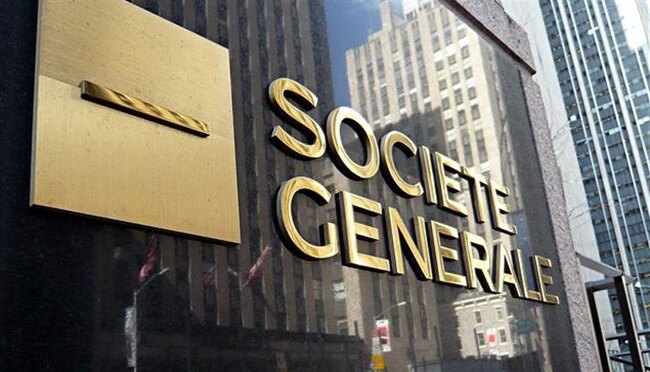SG-FORGE Rolls Out Regulated Stablecoins for Institutional DeFi Use

Highlights:
- SG-FORGE rolls out regulated stablecoins with MEV Capital oversight and tokenized money market funds as collateral.
- Société Générale has expanded its DeFi presence with euro and dollar stablecoins on Morpho and Uniswap.
- The stablecoin market has hit $ a $289B cap as global regulation drives adoption.
SG-FORGE, the digital asset arm of Société Générale, has introduced euro and US dollar stablecoins EURCV and USDCV to Ethereum-based DeFi protocols. The launch also includes listings on Morpho and Uniswap. This gives institutional clients new options to access regulated assets around the clock.
Morpho allows users to borrow or lend EURCV and USDCV with collateral such as wrapped Bitcoin, staked Ether, and tokenized money market funds. The USTBL and EUTBL issued by Spiko invest in US Treasury bills and Eurozone bills. This setup creates a bridge between traditional financial products and decentralized lending.
The spot trading of the stablecoins is currently available on Uniswap, and Flowdesk supplies the liquidity. This arrangement resembles crypto-native pools and still adheres to regulatory requirements. Société Générale said the move responds to growing institutional demand. Meanwhile, Institutions now want assets that function within and outside conventional trading hours.
SG-FORGE Rolls Out Regulated Stablecoins with Institutional Oversight and Risk Controls
SG-FORGE highlighted that EURCV and USDCV introduce regulatory consistency to an industry characterized by unregulated assets. MEV Capital will manage the eligibility of collateral, capital allocation, and risk management, including the management of possible defaults.
The introduction of tokenized money market funds marks a new development. For the first time in this context, yield-bearing traditional instruments serve as collateral. This change applies within decentralized lending protocols. Institutional partners are heading the same way. SWIFT has recently chosen Linea to conduct blockchain experiments with global banks, and Deutsche Börse has signed a deal with Circle to add regulated stablecoins to the market infrastructure in Europe.
Nevertheless, traditional finance-based stablecoins are still facing some challenges. EURCV has a market value of approximately $66 million, and the USDCV has a market value of just $32.2 million. In comparison, the euro stablecoin of Circle has a valuation of $260 million, and the market leader Tether USDT has $174.8 billion. These statistics present an idea of the challenges banks and payment companies struggle to find their way to compete with crypto-based issuers.
Stablecoin Market Adoption Accelerates Amid Global Regulation
The stablecoin market is growing on the international front. The market has seen an increase of more than 5% within the past month and has a capitalization of $289 billion with over 192 million users involved.
Adoption is still predetermined by global regulation. South Korea is progressing bills to allow local issuance of stablecoins, a campaign pledge made by President Lee Jae-myung. Regulation in the United States has been positive, encouraging leading tech companies, such as Apple and Airbnb, to explore the idea of using digital tokens. USDT custody service provided by a local bank in Bolivia has resulted in increased retail use of Tether, even in daily transactions.
Societe Generale is managing its DeFi launch and wider shareholder obligations. The bank has recently initiated a $1 billion share buyback program in EUR, with 72.7% of the plan being accomplished by September 26. This initiative represents 1.7% of its share capital.

eToro Platform
Best Crypto Exchange
- Over 90 top cryptos to trade
- Regulated by top-tier entities
- User-friendly trading app
- 30+ million users
eToro is a multi-asset investment platform. The value of your investments may go up or down. Your capital is at risk. Don’t invest unless you’re prepared to lose all the money you invest. This is a high-risk investment, and you should not expect to be protected if something goes wrong.
You May Also Like

Japan’s Iron Lady Sanae Takaichi May Reshape Crypto Policy

Bitcoin mining company Cango mined about 616 bitcoins in September, bringing its total holdings to 5,810.
